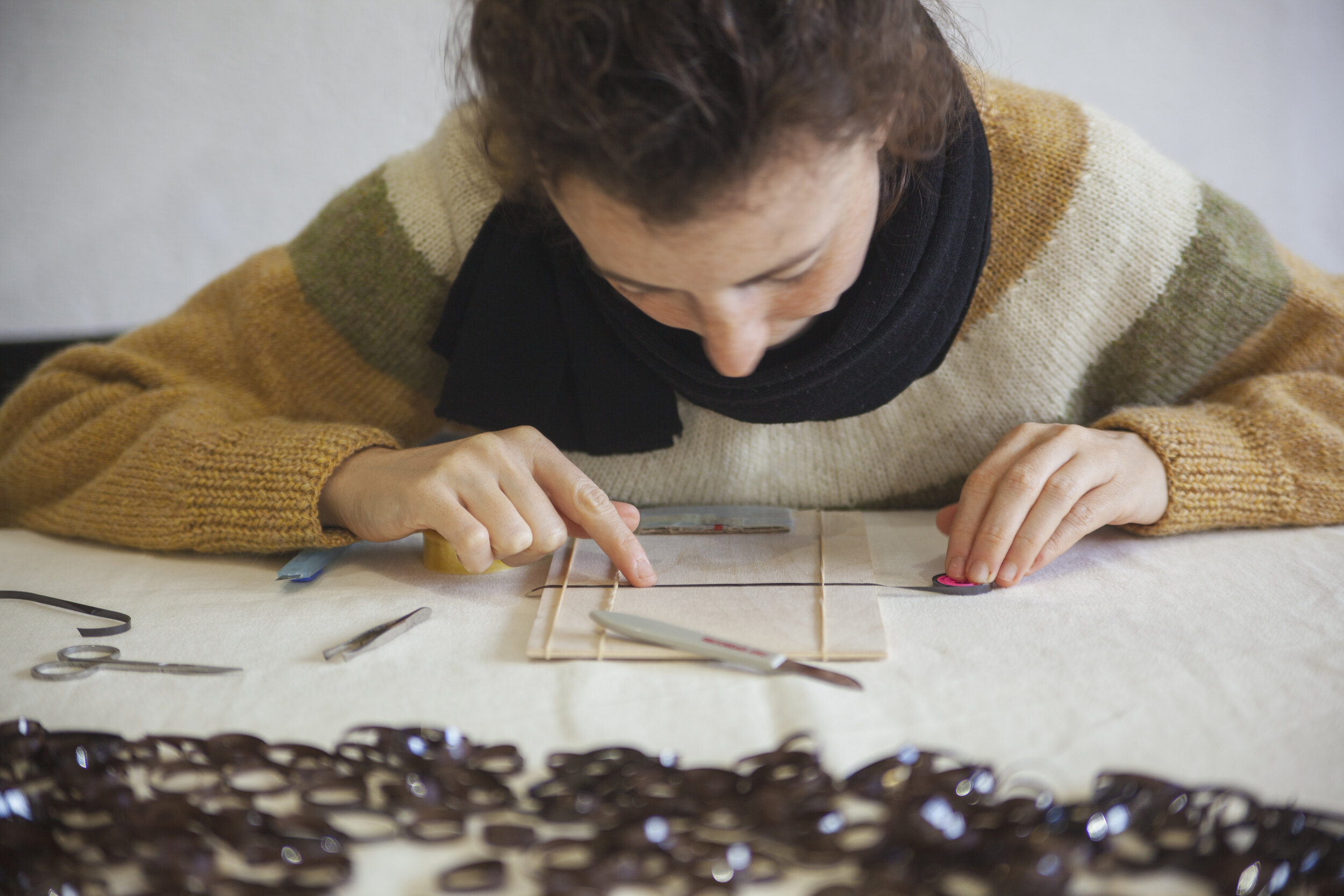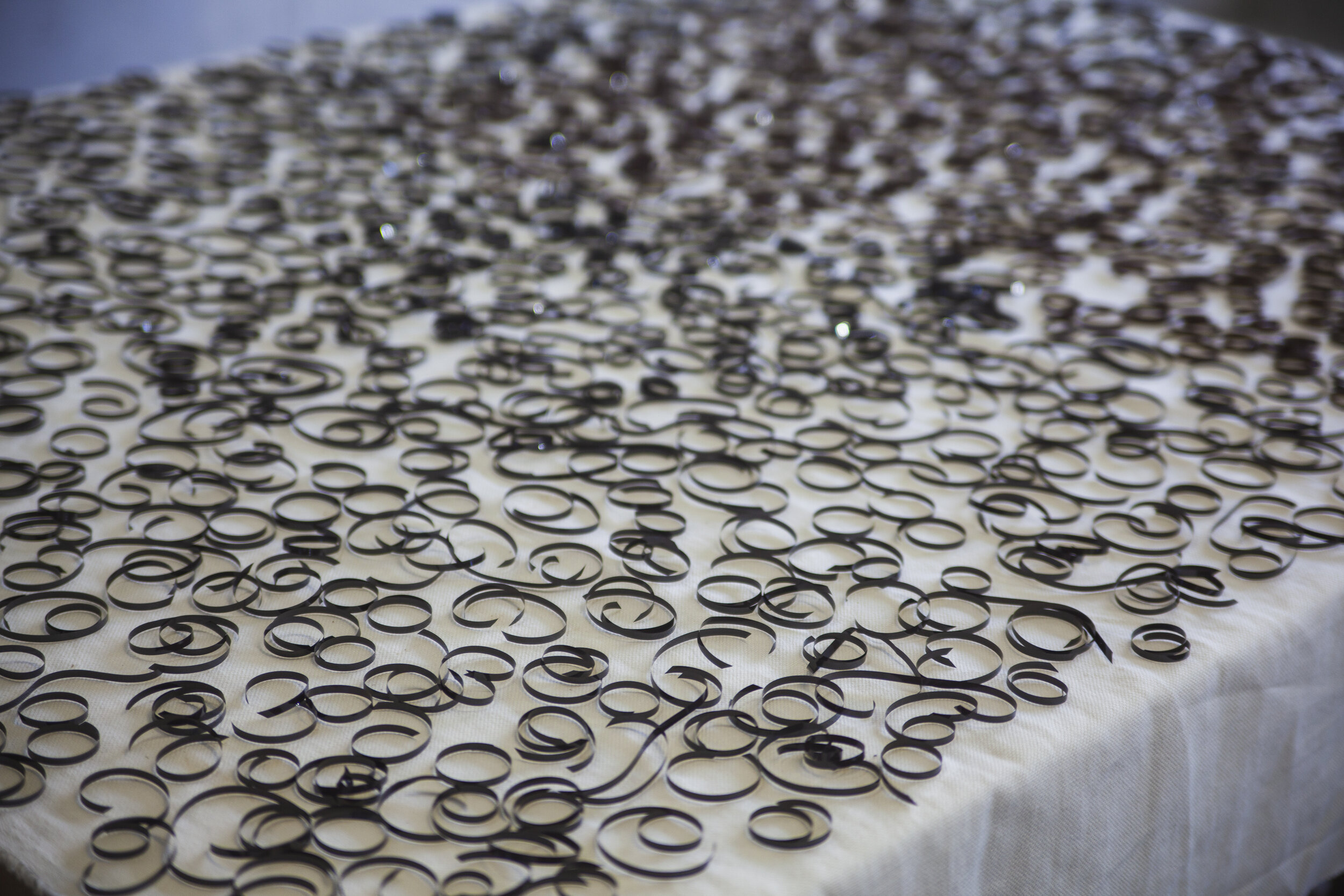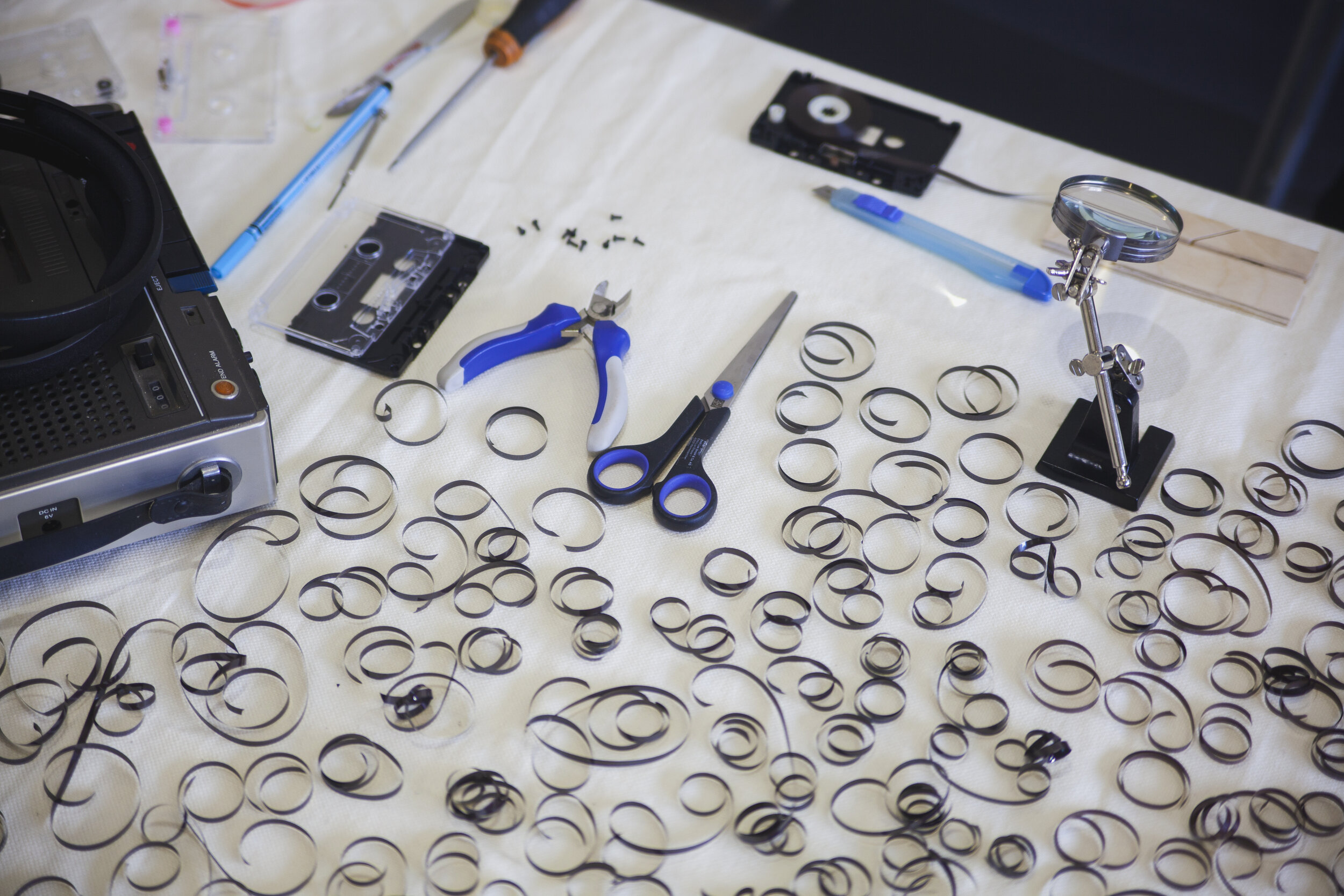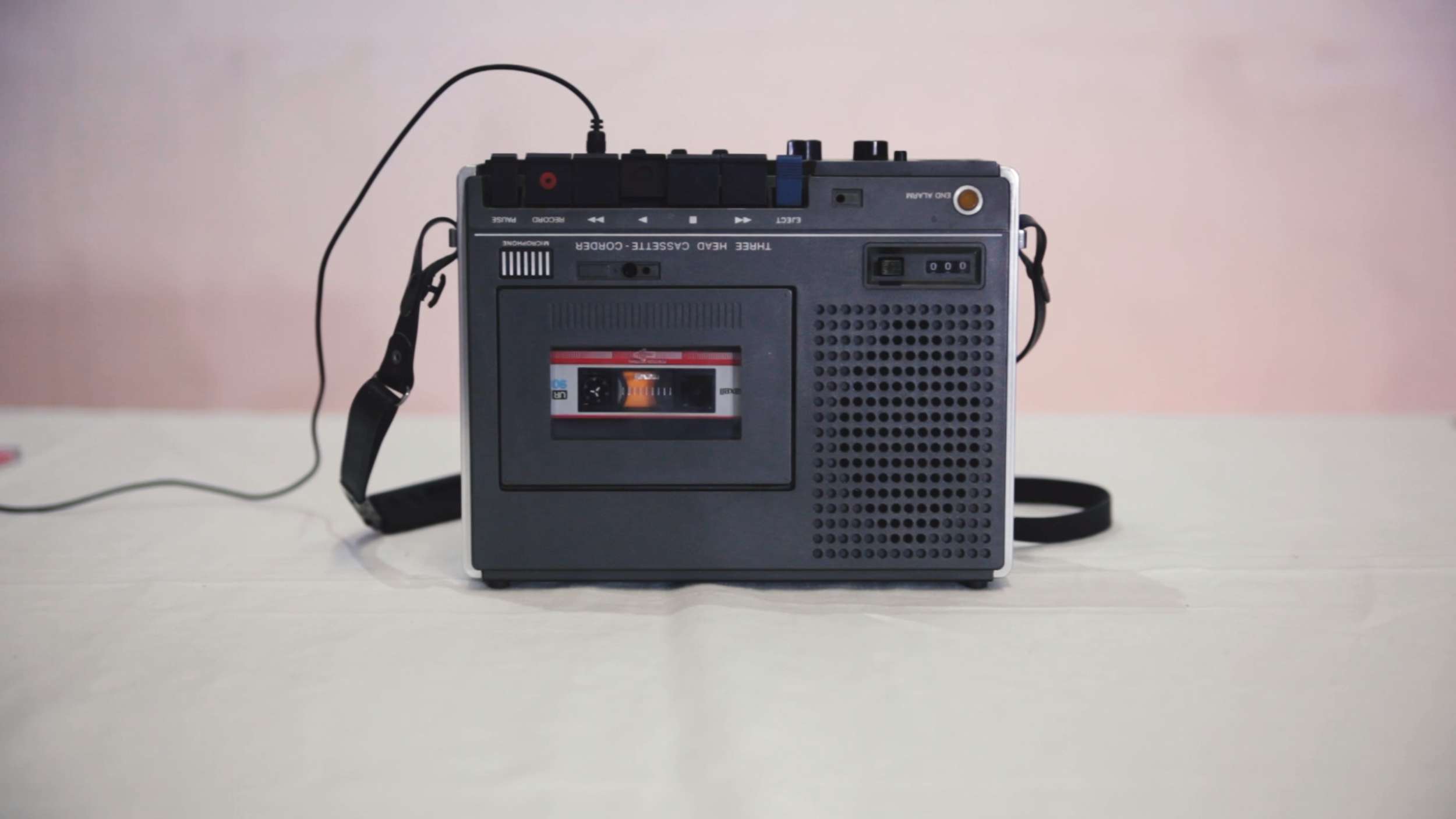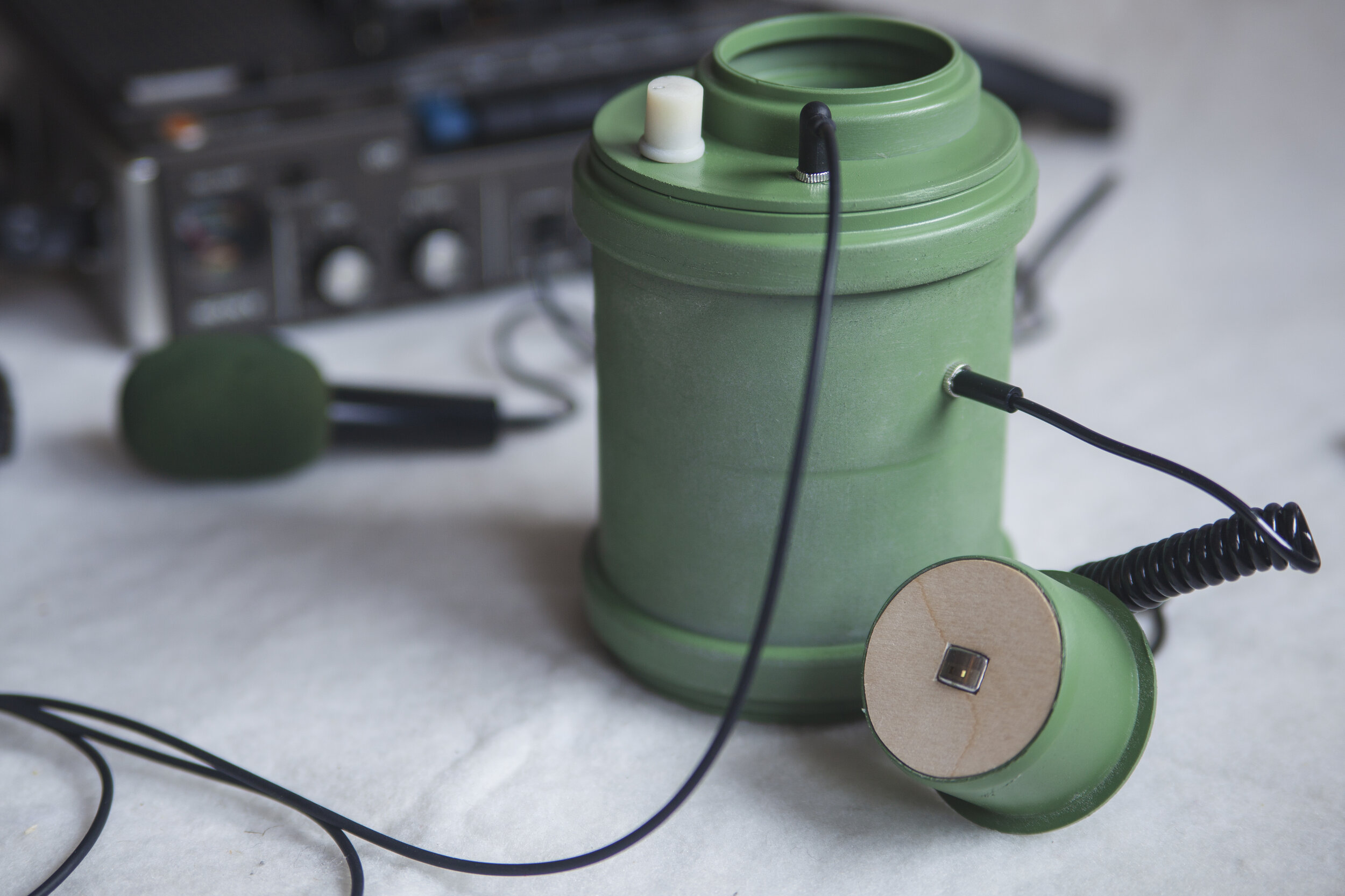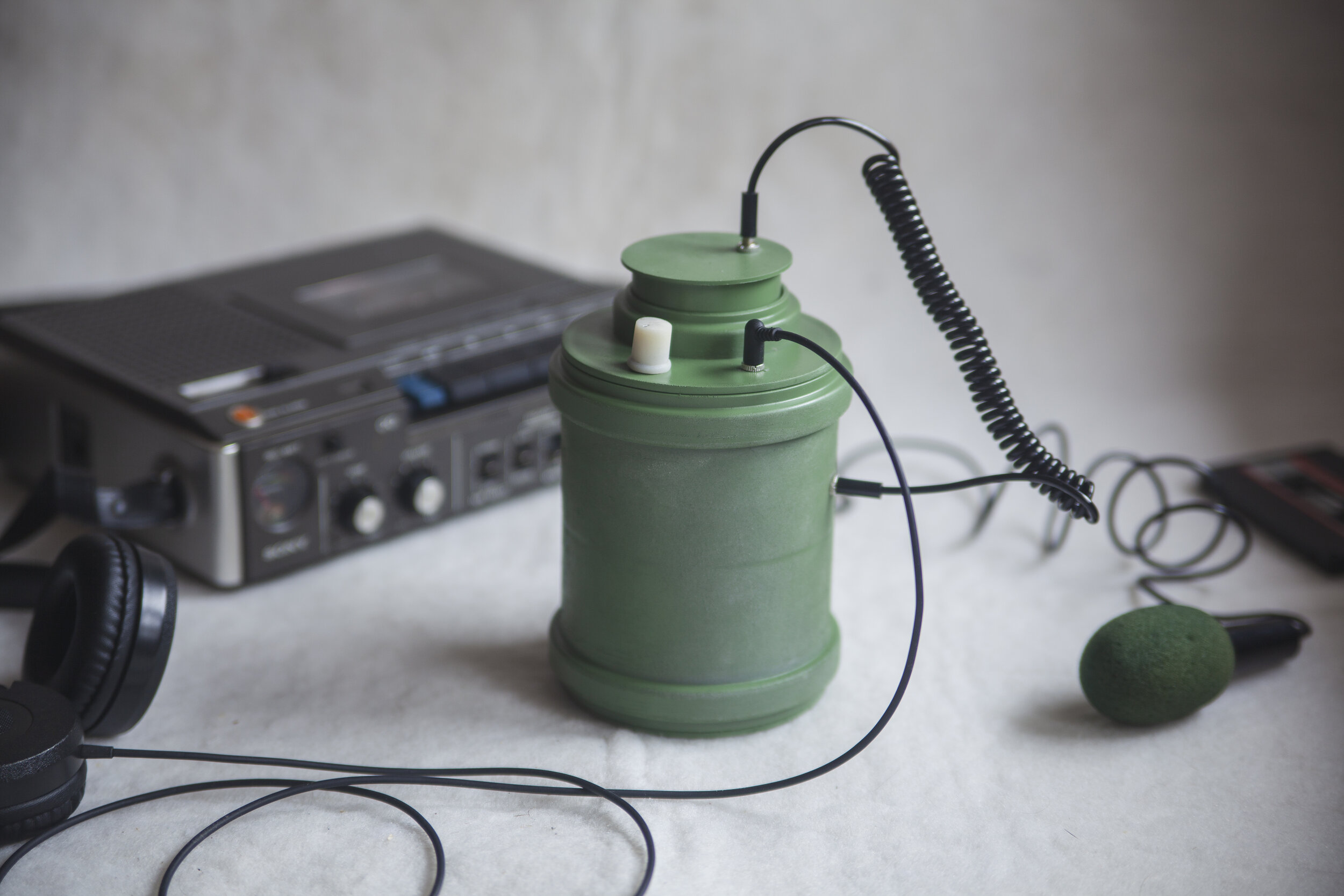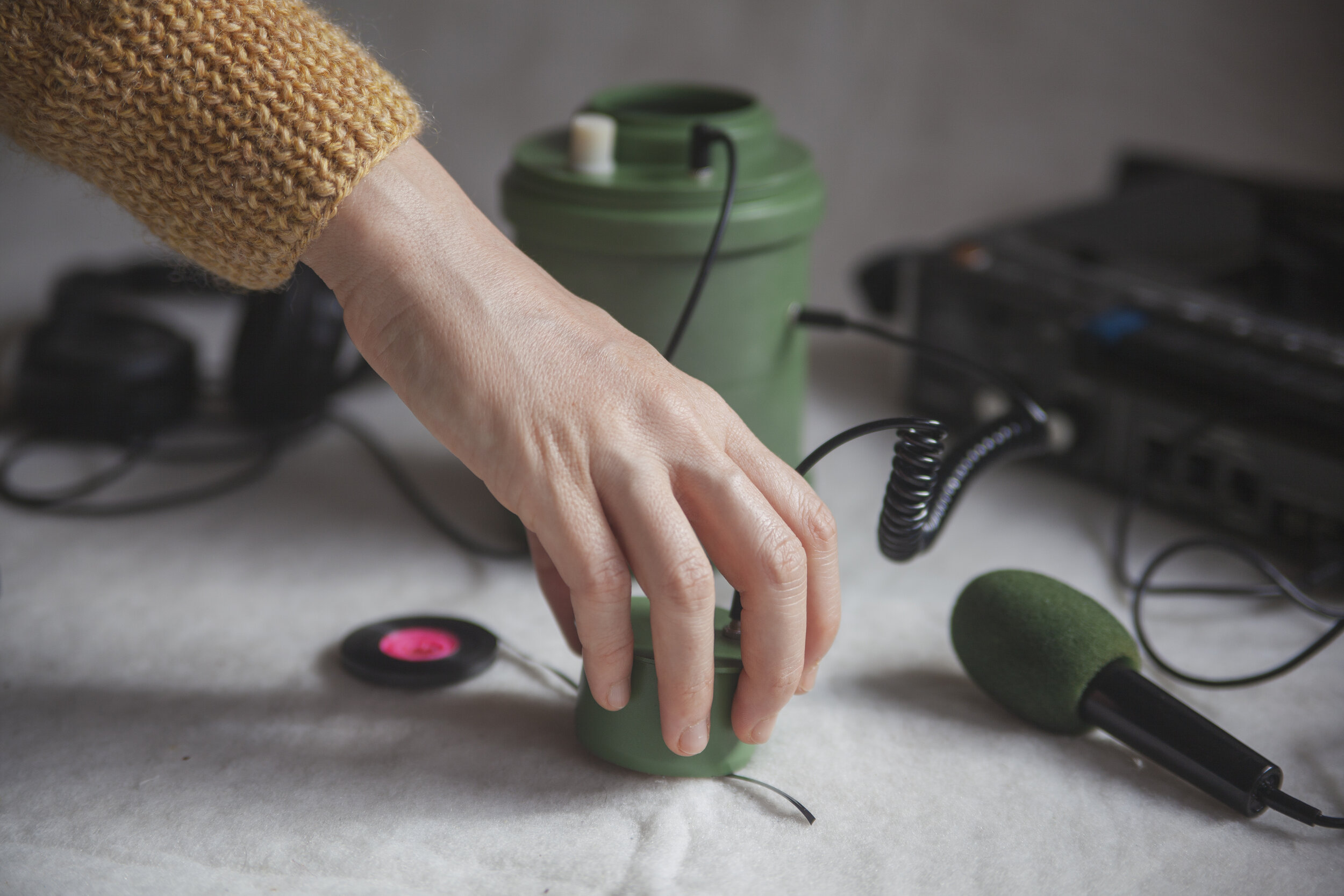Splintered Landscapes
Hundreds of tape splices come together in unique cassettes
Splintered Landscapes is a series of sonic artworks in the form of deconstructed and reassembled cassette tapes. Taking influence from the Japanese ceramic technique and philosophy of Kintsugi, field recordings conducted on site are transferred to magnetic tape, then meticulously cut into myriads of random fragments. These fragments are read by using an expressly built tape reading device that helps to identify each piece and to create a compositional sense between the splices.
The act of listening to the results when put back in the "proper" machine bears hypnotic and unexpected outcomes. The reconstructed recordings are far from their origins, but filled with strange artifacts caused by the process itself.
The original context of the piece was inspired by reflections upon our relation with the environment in the current ecological discourse.
The first edition of the work was created at Spazio PierA in Trento, Italy. It incorporated field recordings collected around Italy, including the echoes of a marble quarry in Pietrasanta and the sounds between rifugi in the Dolomites.
It was presented in exhibition as part of the open call “Art Cycle“, and you can view the entire catalogue here.
The second edition of the work was created at Interface Inagh in Connemara, Ireland. It made use of VHS tapes instead of audio cassettes, that featured a recorded performance of the duo focusing on the feedback and resonance of different found vessels from the area.
Cassette Tapes
Splintered Landscapes - Cassette #1
198 splices
Splintered Landscapes - VHS #1
19 Splices
Splintered Landscapes - Cassette #2
228 splices
Tape Reader
A main tool used in the process of creating these cassettes is a handmade tape reader that allows the user to listen fragment by fragment.
This method of reading, which forgoes much of the precise elements of a cassette player, results in distorted sounds that are difficult to make out.
Despite this, we proceed to find commonalities between the fragments and compose new music through this unorthodox method.


